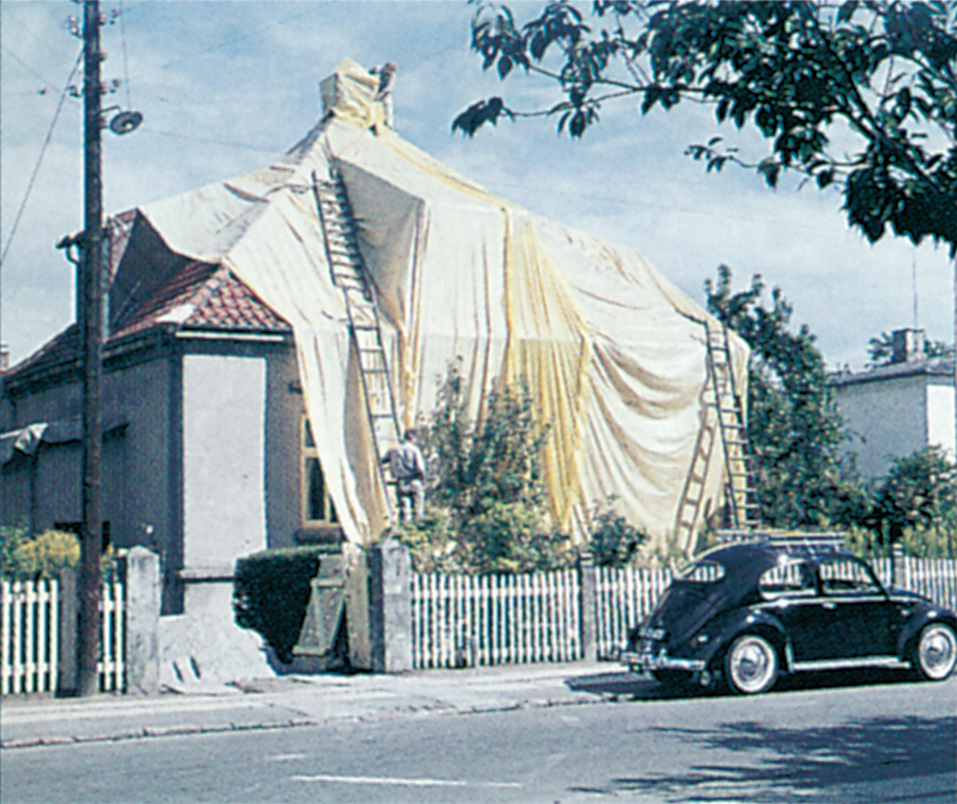The attacks of timber-eating insects can to a large extent, be prevented by the same methods as are used in preventing fungal growths.

For many timber pests only thrive in damp wood, which also provides the right habitat for fungi.
Normally it would not be an economic proposition to try to prevent all attacks by insects. In certain circumstances, of course, such as the replacement of timber in a building already infected, it would be worth impregnating the new timber under pressure or painting its surface with one of the many insecticidal preparations available on the market.
In the case of enclosed spaces, e.g. below some fiat roofs, there should always be a means of access so that the structural timber can be inspected for possible traces of infection. It is usually advisable to avoid timber with bark edges, as in some forms of panelling.
Several very common timber pests thrive in this type of habitat (p. 123 and p. 134). These would not normally cause damage in the sense of weakening the timber, but the adult beetles emerging from the timber often leave ugly holes in the panelling.
When repairing or modifying old property it is advisable to examine all the structural timber before it is enclosed behind ceilings or panelling, so that any necessary treatment can be carried out while it is still accessible. Sometimes money can be saved by using second hand timber but if this is done it is quite essential to check that it contains no pests




